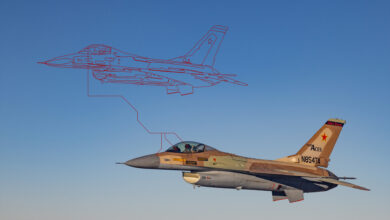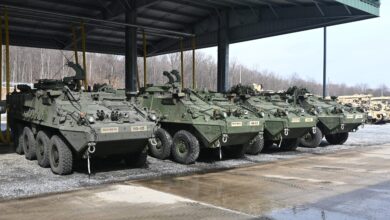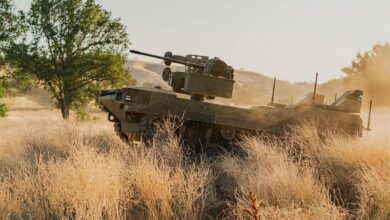US Army’s Prometheus AI Software to Increase Sensor, Shooter Capabilities
The US Army continues to refine and evaluate an artificial intelligence software prototype designed to quickly identify threats through a range of battlefield data and satellite imagery.
The US Army is refining an artificial intelligence (AI) software prototype designed to swiftly recognize potential threats and provide targeting coordinates through quick analysis of intelligence information.
The prototype software, called Prometheus, is a machine learning capability that takes the sensor data ingested by the army’s Tactical Intelligence Targeting Access Node (TITAN), fuses it, and identifies targets.
TITAN is a scalable, portable ground station currently under development. It will leverage space and high altitude aerial and terrestrial layer sensors to quickly assess threats and provide targetable data to fire networks to help narrow the sensor-to-shooter timeline.
“Our vision for the space domain is to ensure the Army can leverage the entirety of space-based [intelligence, surveillance and reconnaissance],” said Lt. Gen. Laura Potter, Army deputy chief of staff, G-2 (intelligence).
“TITAN leverages data, products and services from land, air, sea, space, and cyber domains,” Potter said. It provides defense forces with a “scalable expeditionary and tactical ground station … that integrates Department of Defense, intelligence community, and commercial data, products, and services.”
Army to Extend Its Reach
Prometheus underwent evaluation during Project Convergence 20 last month, where it successfully passed target information to an Extended Range Artillery Cannon, the US Army said in a statement.
Project Convergence is designed to further integrate the army into the Joint Force by connecting sensors from all the military services — Air Force, Army, Marine Corps, Navy, and Space Force — as well as Special Operations Forces, into a single network.
Army officials now aim to extend Prometheus’ reach, increasing its capability to collect data from various ground and air systems.
Another addition the army is working on to heighten capabilities is to implement anti-spoofing measures into its AI software to ensure targets are properly identified.
“If I am somehow seeing a tank on the water … I know that is probably wrong,” said Alexander Miller, science and technology senior advisor with the Army’s G-2 office. “I have to make the system smart enough to fact check [the data].”












